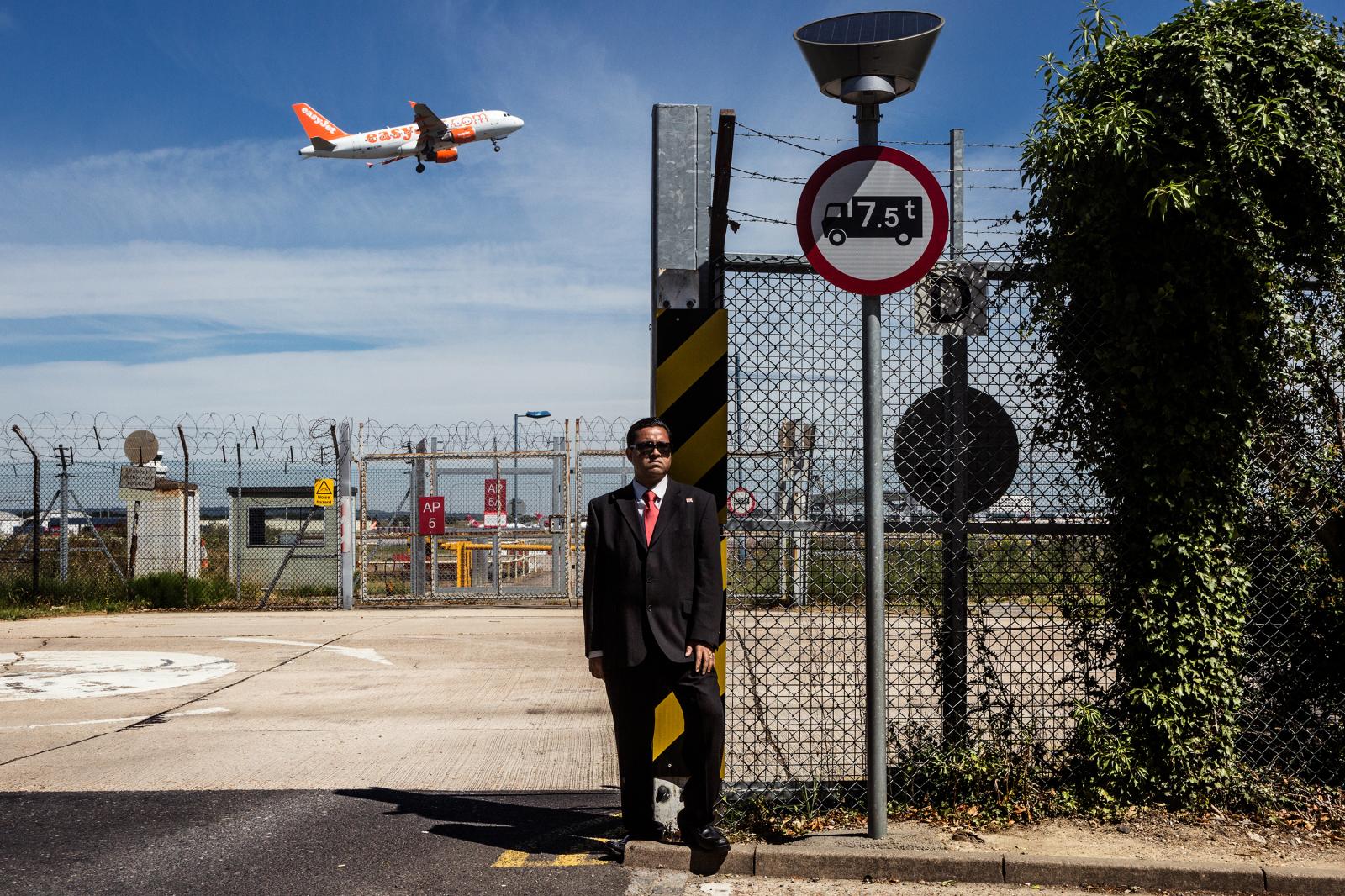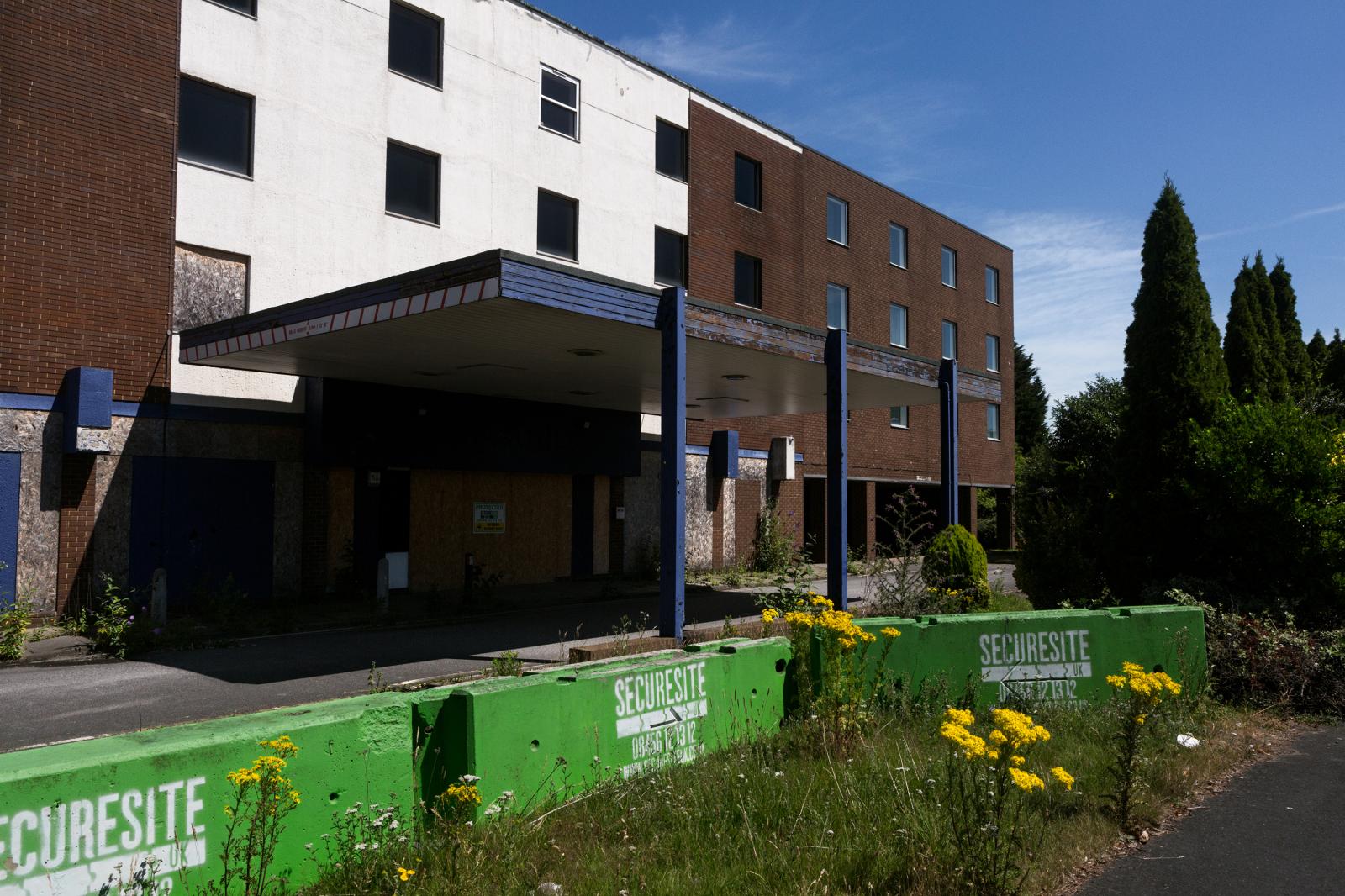Public Story
• Chagos Project: Part II (Royaume-Uni)
Située au milieu de l’Océan Indien, Diego Garcia est l’île principale de l’archipel Chagos. Elle abrite aujourd’hui la plus grande base militaire américaine en dehors du territoire des Etats-Unis. Derrière cette gigantesque infrastructure se cache une douloureuse histoire d’exil forcé que la communauté chagossienne s’efforce de faire reconnaître depuis près de 40 ans.
Cette histoire débute avec l’arrivée de colons européens et d’esclaves africains arrachés à leurs communautés d’origine pour extraire la coprah des champs de cocotiers. Au fur et à mesure des générations, les esclaves affranchis et leurs descendants s’approprient ce nouvel espace. Leur environnement leur fournit de nombreuses ressources et une culture créole émerge.
Le répit est de courte durée, à partir des années 1960 la violence coloniale et l’expérience de la déportation font à nouveau irruption dans la vie des habitants de l’archipel Chagos. Des négociations secrètes entre les Etats-Unis et le Royaume-Uni aboutissent à la mise en place d’un bail américain sur l’archipel pour y construire une base militaire. Les Chagossiens deviennent les victimes collatérales de la guerre d’influence qui traverse la région : l’armée américaine réclame l’évacuation de l’archipel. En toute opacité, les quelques 2 000 habitants sont progressivement expulsés par les autorités britanniques : ceux qui s’absentent de l’archipel apprennent ensuite qu’ils ne peuvent plus y retourner, les provisions arrivant aux Chagos se raréfient et les actes d’intimidation se multiplient. Ces stratagèmes se poursuivent jusqu’en 1973. L’armée britannique déloge par la force les derniers habitants obligés de s’entasser sur un navire avec le strict minimum. Une partie des Chagossiens est envoyée aux Seychelles mais la majorité est dirigée vers l’île Maurice. Pour justifier cette déportation, les Britanniques les présentent comme de simples travailleurs détachés. A leur arrivée, ils ne disposent donc d’aucune compensation financière, ni prise en charge. Les pertes humaines sont lourdes, le traumatisme profond et près d’un demi-siècle plus tard, la plupart d’entre eux vivent encore dans l’extrême pauvreté.
Aujourd’hui, diverses associations chagossiennes luttent pour la réparation des préjudices subis, la sauvegarde de leur culture et le droit de retour. Leur mobilisation a notamment permis l’octroi de la nationalité britannique en 2000. Beaucoup en ont alors profité pour migrer vers Crawley, en périphérie de Londres, dans l’espoir d’une vie plus douce. Les regards sont désormais tournés vers la Cour de Justice Internationale chargée, par l’île Maurice, de se prononcer sur la légalité de la souveraineté britannique sur l’archipel. Alors que le nombre de natifs des Chagos toujours en vie ne cesse de se réduire, l’attente se prolonge pour la communauté chagossienne. Ces quelques 10 000 personnes vivent encore marginalisées, partagées entre l’espoir d’un retour et la nécessité de survivre en exil.
Texte par Lucas Longitag (Anthropologue)
Located in the middle of the Indian Ocean, Diego Garcia is the main island of the Chagos Archipelago. Today it is home to the largest American military base outside the United States. Behind this gigantic infrastructure lies a painful story of forced exile that the Chagossian community has been striving to have recognised for almost 40 years.
This story begins with the arrival of European settlers and African slaves who were taken from their home communities to extract copra from the coconut fields. Over the generations, the freed slaves and their descendants took over this new space. Their environment provided them with many resources and a Creole culture emerged.
The respite was short-lived, and from the 1960s onwards, colonial violence and the experience of deportation once again erupted in the lives of the inhabitants of the Chagos Archipelago. Secret negotiations between the United States and the United Kingdom led to the establishment of an American lease on the archipelago to build a military base. The Chagossians became collateral victims of the war of influence that was going on in the region: the American army demanded the evacuation of the archipelago. In total secrecy, the 2,000 or so inhabitants were progressively expelled by the British authorities: those who left the archipelago were then told that they could no longer return, supplies arriving in Chagos became scarce and acts of intimidation multiplied. These tactics continued until 1973. The British army forcibly removed the last inhabitants who were forced to cram into a ship with the bare minimum. Some of the Chagossians were sent to the Seychelles but the majority were sent to Mauritius. To justify this deportation, the British presented them as simple detached workers. On their arrival, they were not given any financial compensation or care. The human losses were heavy, the trauma deep and almost half a century later, most of them still live in extreme poverty.
Today, various Chagossian associations are fighting for the reparation of the damage suffered, the preservation of their culture and the right to return. Their mobilisation led to the granting of British nationality in 2000. Many then took advantage of this to migrate to Crawley, on the outskirts of London, in the hope of a better life. All eyes are now on the International Court of Justice, which has been asked by Mauritius to rule on the legality of British sovereignty over the archipelago. While the number of Chagos natives still alive is steadily decreasing, the wait is prolonged for the Chagossian community. These 10,000 people still live on the margins, torn between the hope of a return and the need to survive in exile.
Text by Lucas Longitag (Anthropologist)


























